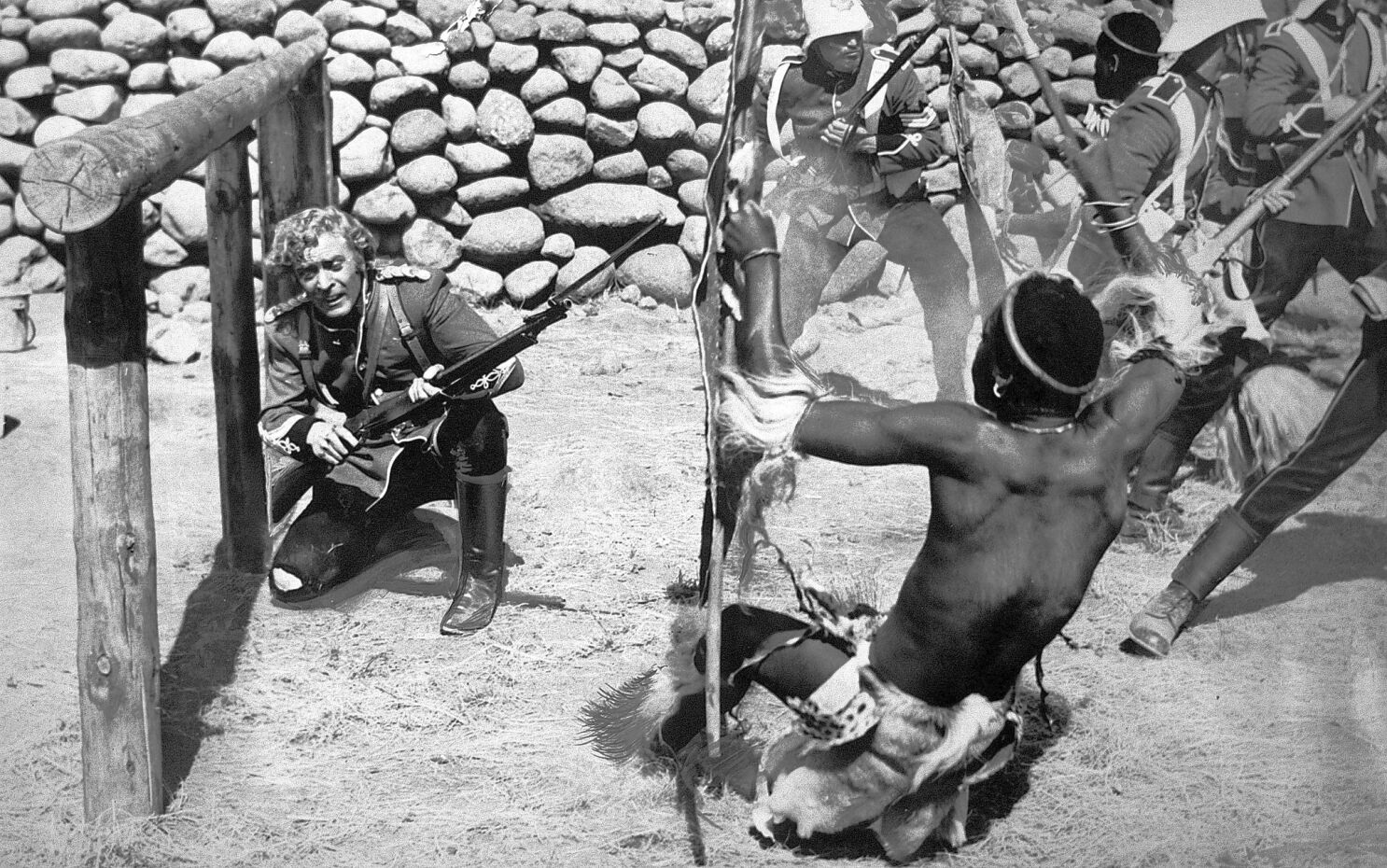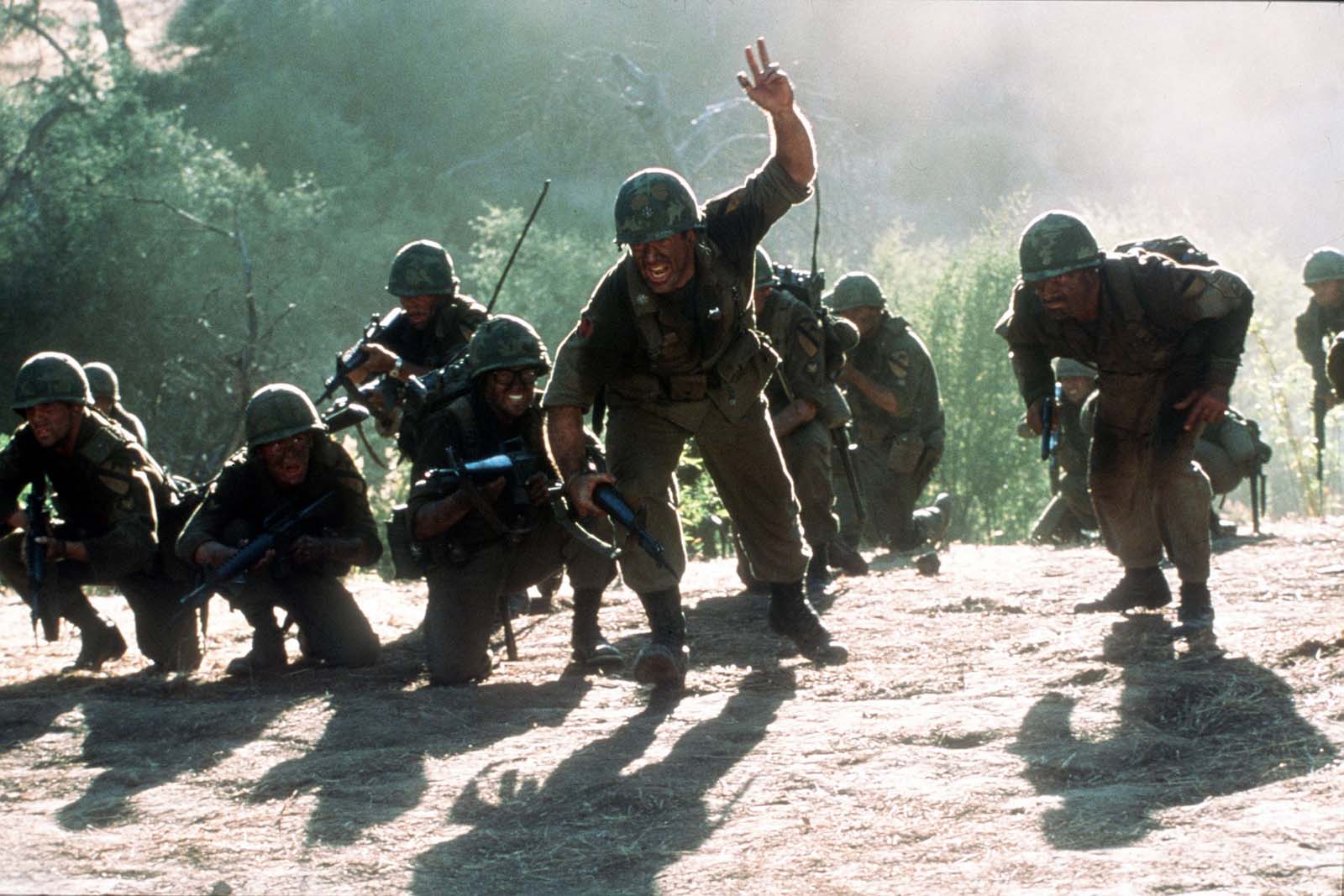
Not Based on True Events: Historical Inaccuracy in Hollywood
To many people, history is a source of boredom. But to Hollywood, it’s long been a source of the industry’s lifeblood: stories for entertaining the crowd. From the legends of the west used in the John Ford classics of the 1930s, tales of WWII heroes like Audie Murphy from the 40s onward, and Cold War intrigue fueling everything from James Bond to Austin Powers, history has had a longer working relationship with movie makers than just about any other subject. Moreover, it’s evolved with the industry, following everything from current events (Spotlight) to famous backstories (De-Lovely), making it the gift that’ll never stop giving.
Unfortunately, Hollywood exists for entertainment, and this often means facts get fudged in the name of keeping the crowd interested.
It’s hardly a new practice, since dime novels did it long before movies existed, and there are admittedly some things that can be altered slightly to make topics more appealing. One such area is dialogue, which writers can get away with improvising since most sources don’t reveal exact conversations. Another is period outfits, which often aren’t specified either.
However, on many occasions, studios go too far, primarily by deleting important facts or crafting entirely new ones, either of which can destroy the story’s integrity and importance for the audience. Worse, these actions can be quite blatant, which only rubs salt in the wound and can utterly ruin a film.
To better illustrate these latter circumstances, let’s go through three classics, all about famed events, and all examples of where Hollywood went too far.
First up is Zulu, depicting the famed defense of Rorke’s Drift by British troops during the Anglo-Zulu wars of the late 1800s; it also introduced British film legend Michael Caine. It does an incredible job showing the battle’s blistering ferocity, which earned 11 British soldiers the Victoria Cross (their highest military commendation), more than any other battle to date … but, sadly, did some things wrong.
According to source material (Ian Knight’s Great Zulu Battles and Bryan Perrett’s Last Stand! being used here), Caine’s character, Lt. Gonville Bromhead, was beginning to suffer from a hearing defect, a fact conveniently left out. Also, Color Sgt. Bourne (Nigel Green) was only twenty-four in real life, a lot younger than the actor playing him; he was so young, in fact, he was known as “the kid.”
However, the biggest blip comes from the film’s final showdown, where the garrison and Zulus have a massive sing-off before the latter’s final assault. It’s a grand display, but all fake: the Zulus actually slipped away overnight, ending the battle on the first day.

Next is We Were Soldiers, a wonderful production of the infamous 1965 battle between the U.S. 7th Air Cavalry and the NVA in Vietnam’s Ia Drang Valley. It’s a shining example of American bravery and resilience, but still features some crucial alterations/omissions from the original source material, We Were Soldiers Once … and Young by Hal Moore, portrayed by Mel Gibson in the film.
For example, it’s never mentioned that Moore’s battalion was reinforced by another battalion during the fighting; the ill-fated Jack Geoghegan (Chris Klein) was part of said unit. Also, Captain Robert Edwards (played by Dylan Walsh) was hit, like in the movie, but it’s never mentioned that Edwards was only wounded, not killed. Worst of all, the film’s climax shows Moore ordering “Fix bayonets!” before launching a brutal charge, aided by Bruce Crandall (Greg Kinnear) flying a minigun blasting gunship, that wipes out the last NVA resistance. It’s a hardcore moment, but completely phony. In real life, similar to Zulu, the NVA melted away during the second night of the battle.
Finally, we’ll look at the reigning champion of fact-fudging: 300, which depicts the infamous defense of the Thermopylae pass by Greek forces, led by the Spartan King Leonidas and his 300 warriors, against the Persian forces of Xerxes during the Greco-Persian wars. It’s stylish, colorful, and so full of mistakes it’s a travesty to the original circumstances.
However, the documentary Last Stand of the 300 at Thermopylae, which features legit research by multiple experts on the subject, can help shed some light on just how far overboard Hollywood went in ruining this epic tale.

Here’s the short list of things they got wrong here:
- The strategy of defending Thermopylae was actually conceived by the Athenian Admiral/politician Themistocles, not Leonidas.
- All Greek soldiers in that day, regardless of their homeland, were heavy infantry, meaning they all wore cuirass torso armor of either lamellar (layers of linen, leather, and bronze) or fitted bronze, bronze leg guards called greaves, and helmets.
- Leonidas, being an officer, would’ve had his helmet’s horsehair crest run side to side, not down the middle.
- Greek spears, called dories, had shafts of wood, not metal, and they were the primary weapons of the hoplites; as such, they weren’t thrown away.
- The Greek sword, the xyphos, had a short straight blade, not long and curved. Moreover, it wasn’t used unless a spear broke or the phalanx broke rank, the latter being quite rare.
- The phalanx formation was a rectangular formation, not triangular, that drew its strength by not breaking apart, which is why no Greek commander voluntarily did so.
- Persia didn’t send cavalry into the fight because there wasn’t any room to maneuver. That was a big reason Thermopylae was chosen in the first place.
- The Immortals wore a thin wrapped cloth on their faces, not masks.
- On the last day, the Spartans didn’t fight alone. Around 700 troops from the allied kingdom of Thesbia remained and died to the last man, too.
There are plenty of other examples to cite, but this should provide plenty of insight into just how far studios can go for entertainment.
Sadly, this practice will no doubt continue, much to the detriment of future works, but that doesn’t mean there isn’t time to fix this policy.
Films don’t have to follow the old poetry line “Tell all the truth but tell it slant” to create or hold interest, since they can just fiddle with dialogue or clothes instead while letting the facts speak for themselves.
You never know, it just might be entertaining, too.
*Feature Photo: Zulu - Diamond Films (1967)